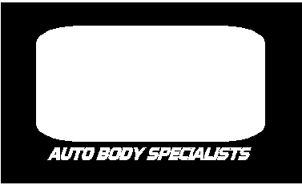The underbase effect is used to create a "primer" coat of base color that the actual image will be printed on top of.
 +
+  =
= 
An underbase can only be output on a thermal transfer device, or by using the Print as Separations feature.
A solid underbase is generally used with vector objects and text. It consists of a solid coat of a single spot color, typically white, that follows the contour of the objects above it. The ink is always at 100% coverage. A solid underbase can be the same size as the objects above it, choked down to fit inside the object margins, or bled to extend outside the margins.
A variable underbase is used with bitmaps and gradients. The density of the underbase varies to match the image above. This allows the color of the media to show through behind a transparent area (a picture, for instance).